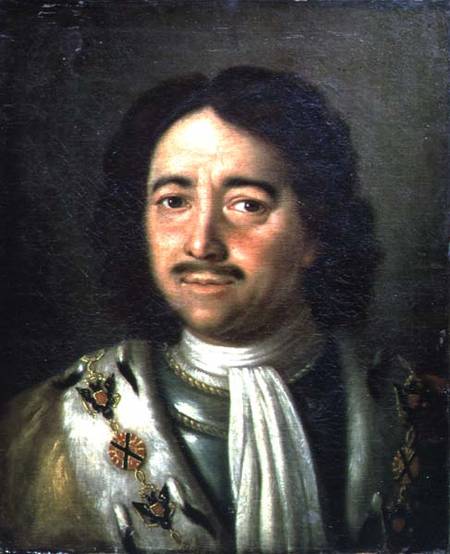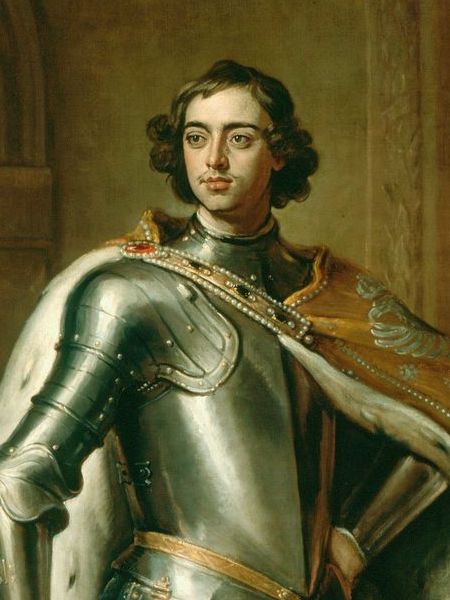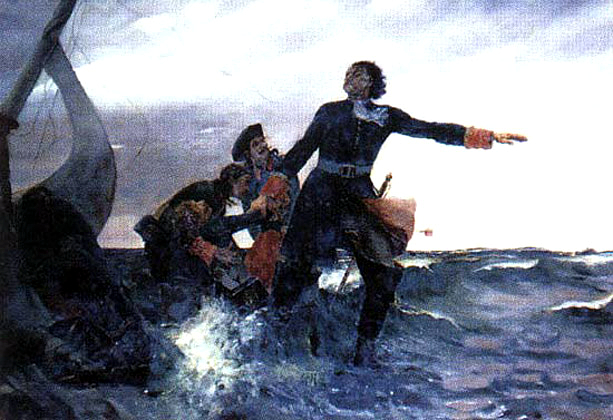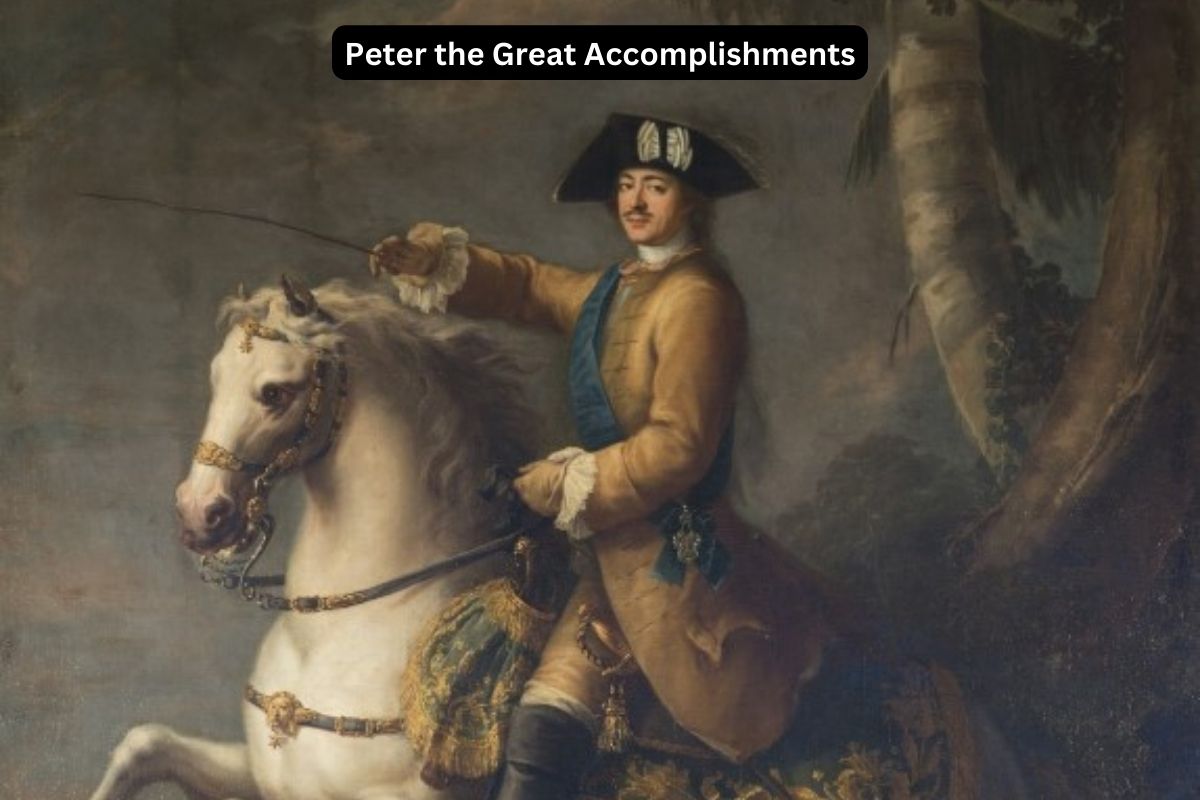Peter the Great, one of the most influential rulers in Russian history, left an indelible mark on the country’s trajectory.
His reign from 1682 to 1725 was characterized by ambitious reforms aimed at transforming Russia into a modern and powerful state.
From military innovations to cultural reforms, Peter’s accomplishments reshaped Russia’s society, economy, and geopolitical standing.
This article explores the enduring legacy of Peter the Great, highlighting his key achievements and their lasting impact on Russia and the world.
Accomplishments of Peter the Great
1. Westernization of Russia
Peter the Great was determined to modernize Russia and bring it in line with Western European standards. This included reforms in various aspects of society, such as government, culture, education, and military.
He encouraged the adoption of Western technologies, practices, and customs to propel Russia into the modern era.

2. Foundation of St. Petersburg
In 1703, Peter established the city of St. Petersburg, located on the Baltic Sea. This new city served as a symbol of Peter’s vision for a modern and Europeanized Russia.
Also Read: Facts About Peter the Great
Its strategic location provided access to the sea, facilitating trade and military expansion. St. Petersburg became the new capital of Russia, replacing Moscow, and played a significant role in shaping the country’s cultural and political landscape.
3. Military Reforms
Peter initiated extensive military reforms aimed at modernizing and strengthening Russia’s armed forces. He established a standing army based on the Western model, which replaced the traditional system of feudal levies.
Peter also created the first Russian navy, which played a crucial role in expanding Russian influence in the Baltic and Black Seas. These reforms enhanced Russia’s military capabilities and paved the way for its territorial expansion and geopolitical ambitions.
4. Expansion of the Russian Empire
Under Peter the Great’s rule, Russia underwent significant territorial expansion. Through a series of successful military campaigns and diplomatic maneuvers, Peter expanded the Russian Empire’s borders in various directions.
Also Read: Timeline of Peter the Great
Notable conquests included gaining control over strategic territories in the Baltic region, such as Ingria, Livonia, and Estonia, from Sweden.
Additionally, Peter secured Russia’s southern borders by annexing territories from the Crimean Khanate and the Ottoman Empire, including parts of Ukraine and the northern Caucasus.
These territorial gains solidified Russia’s status as a major European power and significantly increased its influence in Eastern Europe and Central Asia.

5. Secularization of the Russian Orthodox Church
Peter the Great implemented reforms aimed at reducing the power and influence of the Russian Orthodox Church. He sought to modernize the church’s administration and bring it under state control, thereby diminishing its autonomy and political clout.
As part of these reforms, Peter secularized the church’s vast landholdings, transferring them to the state and redistributing them among the nobility.
This move weakened the church’s economic and political influence, aligning it more closely with the interests of the state and facilitating Peter’s broader modernization efforts.
6. Introduction of the Table of Ranks
In an effort to reform Russia’s bureaucratic and military institutions, Peter introduced the Table of Ranks in 1722. This system established a hierarchical structure for civil and military service based on merit rather than noble birth.
Individuals could advance through the ranks based on their skills, education, and service to the state, rather than solely on their social status.
The Table of Ranks provided opportunities for talented individuals from diverse backgrounds to attain positions of power and influence within the Russian government and military, contributing to the modernization and professionalization of Russia’s administrative and military apparatus.
7. Educational Reforms
Peter the Great recognized the importance of education in modernizing Russia and promoting intellectual advancement. To this end, he implemented significant educational reforms during his reign. Peter established the first state-run schools in Russia, providing opportunities for both the nobility and common people to receive formal education.
These schools aimed to teach practical skills such as mathematics, science, and engineering, as well as languages and social studies.
Additionally, Peter sponsored the education of young Russians abroad in Western European countries, exposing them to advanced knowledge and expertise that they could bring back to Russia to contribute to its development.

8. Introduction of Western Dress and Customs
As part of his efforts to Westernize Russia, Peter the Great mandated the adoption of Western-style dress and customs among the Russian nobility.
He believed that by modernizing their appearance and behavior, the Russian elite would more closely align with European norms and values. Peter’s decree required men to shave their beards and wear Western clothing, such as coats and trousers, instead of traditional Russian attire.
Similarly, women were encouraged to adopt Western fashion trends and etiquette. These changes in dress and customs symbolized Peter’s broader cultural reforms and his desire to transform Russia into a more cosmopolitan and Europeanized society.
9. Creation of the Russian Academy of Sciences
In 1724, Peter the Great founded the Russian Academy of Sciences, a prestigious institution dedicated to promoting scientific research, scholarship, and innovation in Russia.
Modeled after Western European academies such as the Royal Society in England and the French Academy of Sciences, the Russian Academy of Sciences played a crucial role in advancing knowledge and technology in Russia.
It provided a forum for intellectuals and scientists to collaborate, conduct research, and disseminate their findings. The academy’s establishment underscored Peter’s commitment to fostering intellectual and cultural development in Russia and enhancing its reputation as a center of learning and innovation.
10. Development of Industry and Trade
Peter the Great recognized the importance of economic development in modernizing Russia and strengthening its position as a major European power. To promote industrialization and trade, he implemented various measures aimed at stimulating economic growth and diversification.
Peter established state-run enterprises and factories to produce goods such as textiles, iron, and weapons, reducing Russia’s dependence on imports and stimulating domestic production. He also invested in infrastructure projects, such as roads, canals, and ports, to facilitate transportation and trade within Russia and with foreign markets.
Additionally, he encouraged foreign investment and trade partnerships, establishing commercial ties with Western European countries and expanding Russia’s export markets. These efforts laid the foundation for Russia’s economic development and played a vital role in its transformation into a modern industrialized nation.
